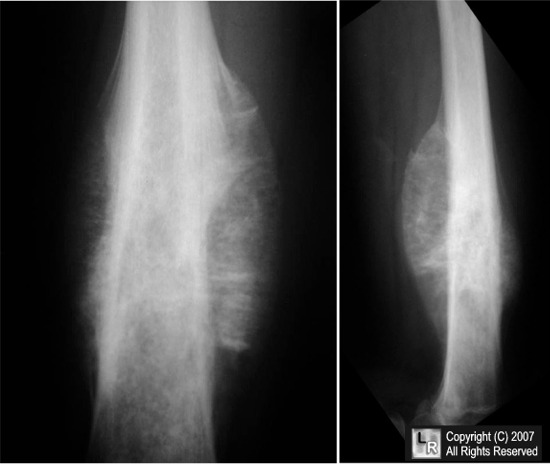| Symptoms |
|
| Imaging |
|
| Labs |
|
| Histology |
|
| Treatment |
|
A comprehensive question bank for indian medical PG preparations- AIIMS, ALL INDIA, JIPMER, PGI, state exams etc. Visual and audio content prepared in view of upcoming pattern of NEET (National Eligibility & Entrance Test). Best wishes for your preparation! AIPGE content updated with emphasis on recent questions.
How to use this site?
Please click on the comments to see the right option from the choices given
This site contains a comprehensive list of medical PG entrance questions asked in various PG entrance examination throughout India like AIIMS, AIPGEE, PGI CHANDIGARH, JIPMER, CMC VELLORE .... and various state entrance exams like KERALA, TAMIL NADU, KARNATAKA, DELHI .... and also private entrances like COMEDK, MANIPAL etc...
Pages
SEARCH THE WEB
20110922
Ewing's sarcoma
Labels:
Bone Tumours,
ORTHO
Subscribe to:
Post Comments (Atom)








No comments:
Post a Comment